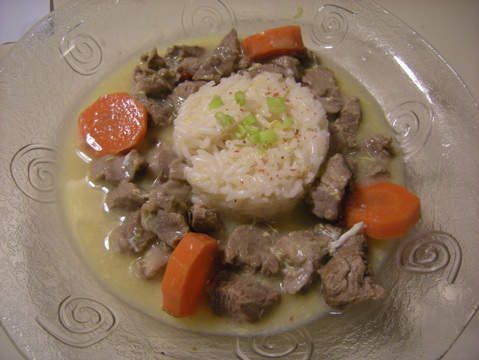Yesterday I attended the first day of Food Film Fest 2009. What started as a dreary, wet, miserable trip to the Action Center at Battery Park ended up as a full, enlightening, insightful and tasty one.
I will not have time to get into too much details but just a few notes about the event. First, this event will repeat next Saturday April 18, 2009 at Columbia University Medical Center Office of Government and Community Affairs. It is a fantastic -and free- opportunity to see these movies which are not so easy to catch. Go and let know your friends about it.
I highly recommend :
Asparagus: Stalking the American Life; Flow; Hotbread Kitchen & the trailer for Fresh.
-The trailer for Flow is above. Follow this link for Asparagus: Stalking the American Life trailer.
You will sure think twice before buying bottled water or a bunch of asparagus after viewing these films.
-The documentary about Hot Bread Kitchen, the New York Social bakery that mixes tradition with social activism. What a great idea!
-And the trailer for Fresh, a promising documentary partially based on Michael Polland The Omnivore’s Dilemma.
The day ended with a tasty reception. Unforgettable was “Jean-Louis” a New Jersey raw milk cow cheese named in memory of my Gascon fellow chef Jean-Louis Palladin. I am not kidding this cheese is the best I have tasted in the USA so far. You can experience “Jean-Louis” too, the Bobolink dairy & Bakeyard is at Union Square Farmers Market on Fridays, Lincoln Center Greenmarket (66th & Bwy) every Thurs & Sat. If you are not in New York City do not feel excluded shop on their online store (bread not available online). About their breads, the rye is outstanding and though I don’t like flavored bread, their garlic and duck fat loaf is a must with a bbq’d duck breast!
Another great product at the reception was the raw chocolate from Fine & Raw. I can’t wait to make my “Lapin au Chocolat” with it – I don’t mean chocolate Easter bunny, no! I mean rabbit stew in chocolate sauce (a kind of mole), but that will be another post.
Joyeuses Pâques!








